
 The 1.6 Duratec powerplant comes from the Ford Fiesta and is absolutely bog stock apart from the intake manifold and exhaust. The claimed output is around 120PS. The 1.6-litre powerplant is mated to a Hewland five-speed close ratio sequential
The 1.6 Duratec powerplant comes from the Ford Fiesta and is absolutely bog stock apart from the intake manifold and exhaust. The claimed output is around 120PS. The 1.6-litre powerplant is mated to a Hewland five-speed close ratio sequential
shift gearbox. 
 The body work is F1 inspired with a high nose and deep side pods with the engine cover that has the air intake encompassing the roll hoop. The full width front wings have adjustable flaps for downforce and the rear wing has two upper elements with the lower element mounted on the gearbox. The steering wheel has an in-built display like a F1 car where you can see things like oil temperature and all the important engine parameters.
The body work is F1 inspired with a high nose and deep side pods with the engine cover that has the air intake encompassing the roll hoop. The full width front wings have adjustable flaps for downforce and the rear wing has two upper elements with the lower element mounted on the gearbox. The steering wheel has an in-built display like a F1 car where you can see things like oil temperature and all the important engine parameters.
Now we come to the most interesting part of the story and that is driving the car. It was about nine in the morning when we reached the Chennai racetrack. Peter Allnut was waiting for us with three MRF Formula 1600 cars, all fuelled and ready to go. Peter was formerly with the Formula 3 team in the UK. He later relocated to Srilanka and started Jupiter Racing Private Limited. Peter now looks after the operations of the MRF racing team. After changing into our racing overhauls, we were given a small briefing about the dos and don’ts by Peter who runs and maintains these cars for MRF.
Each of these cars is fitted to the size of the driver. My car’s driver must have had very thin legs as the thick side padding caused the inside of my thighs to touch. Once you had the engine fired up, the exhaust note was quite flat for a racing car. I could understand this as it is not running a high lift racing cam or a high compression ratio. As you engage the first gear and start releasing the clutch, you don’t have to build up rpm or slip the clutch. That is when you realize the beauty of using a standard engine. It is absolutely tractable like a street car and you can short shift without having to worry about the car dropping out of the power band.
Star Performer
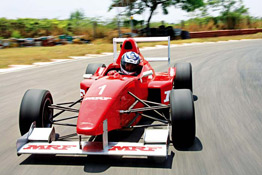



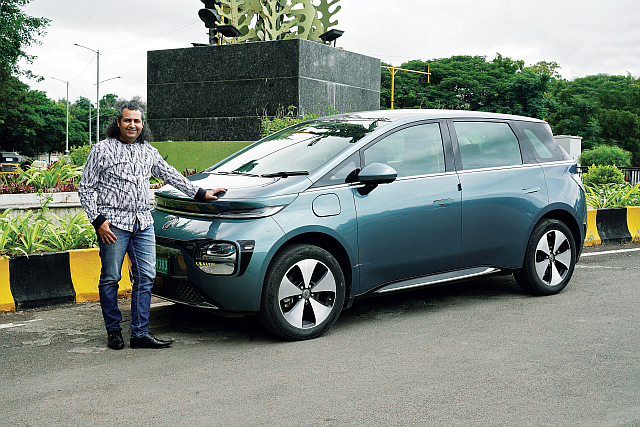


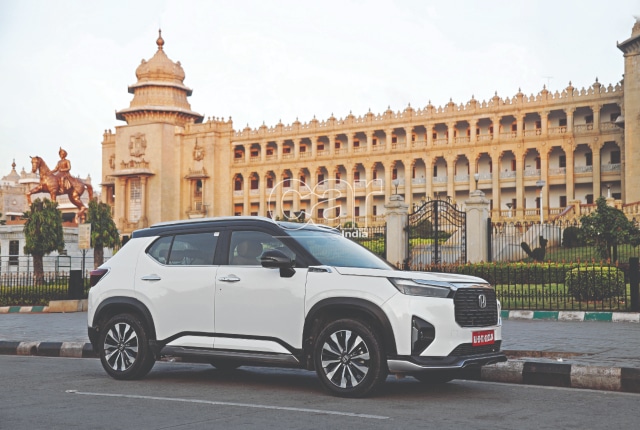

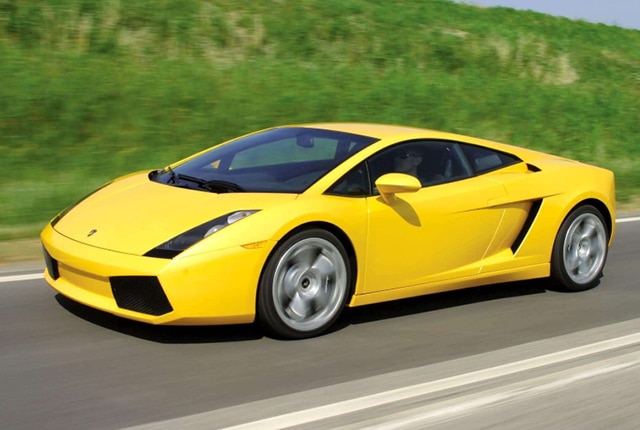
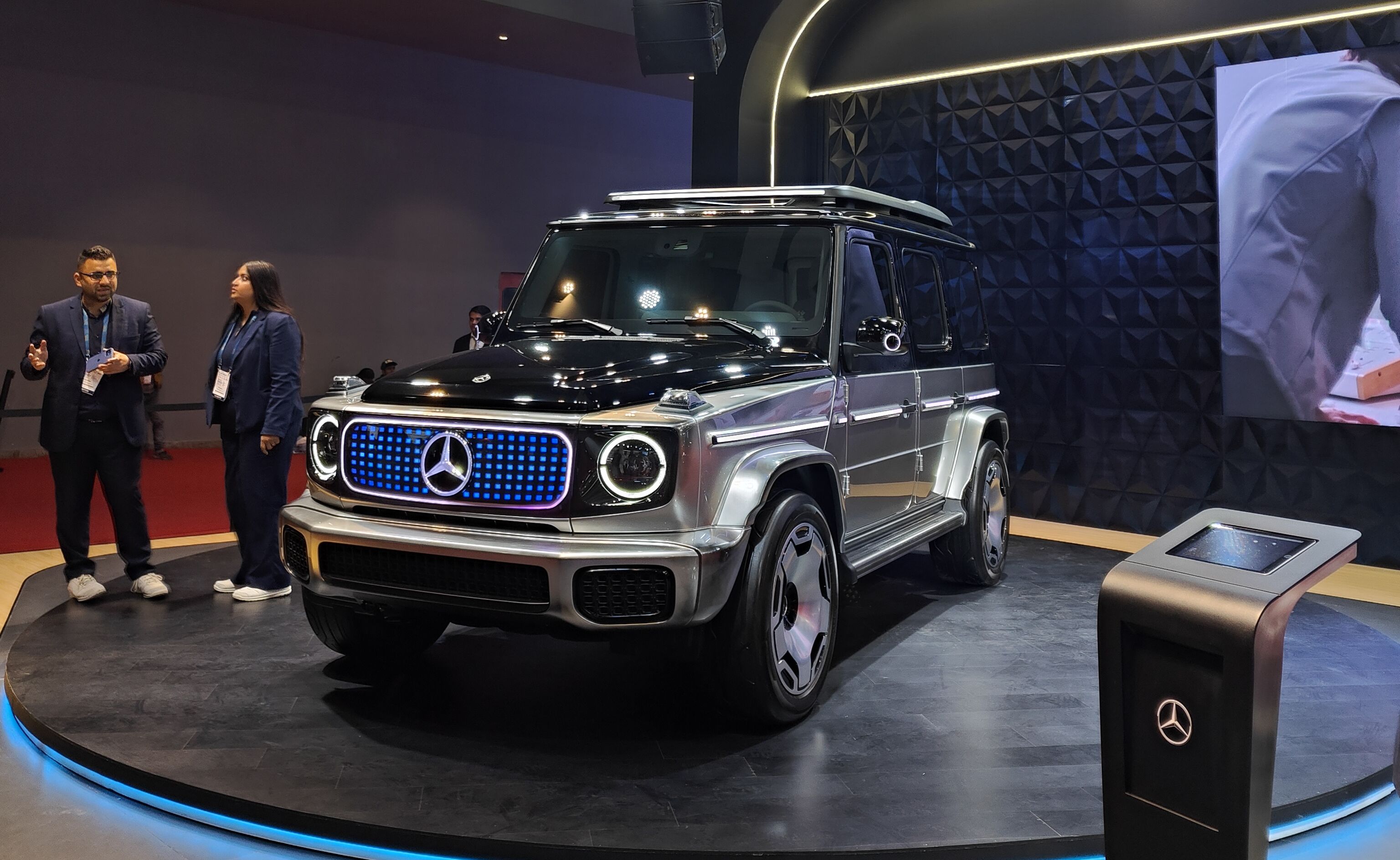
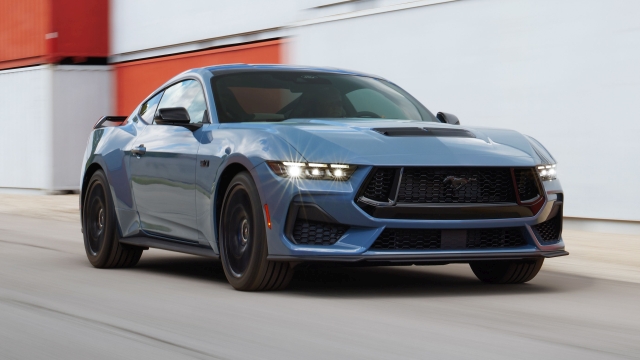
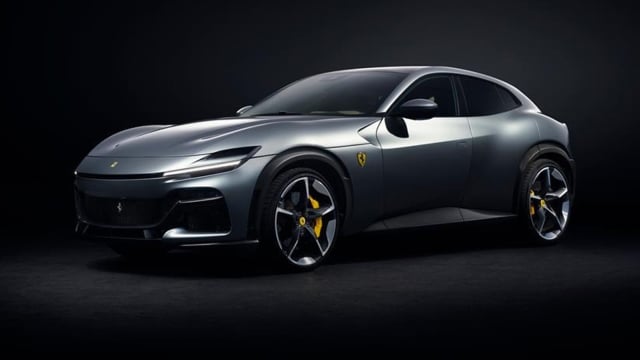

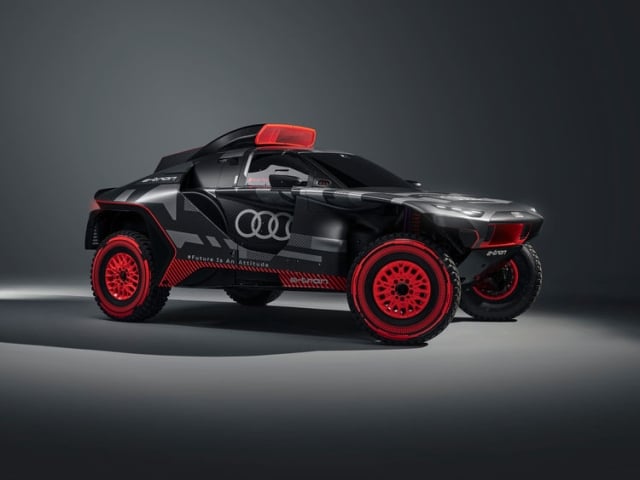
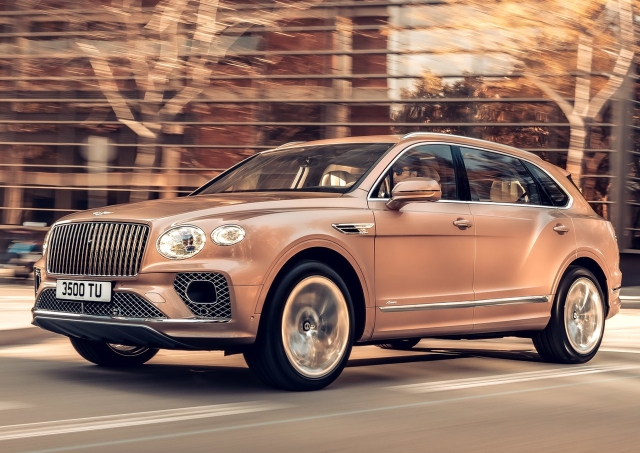
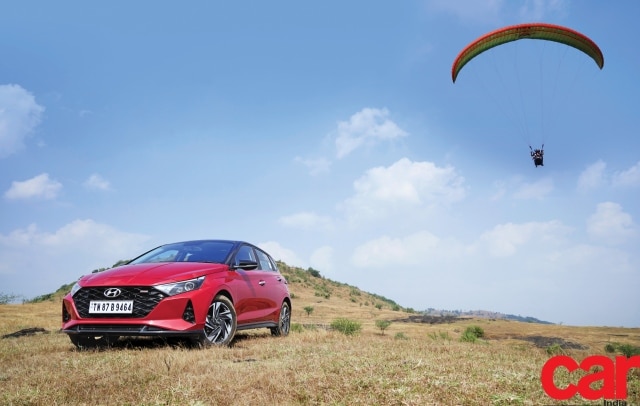

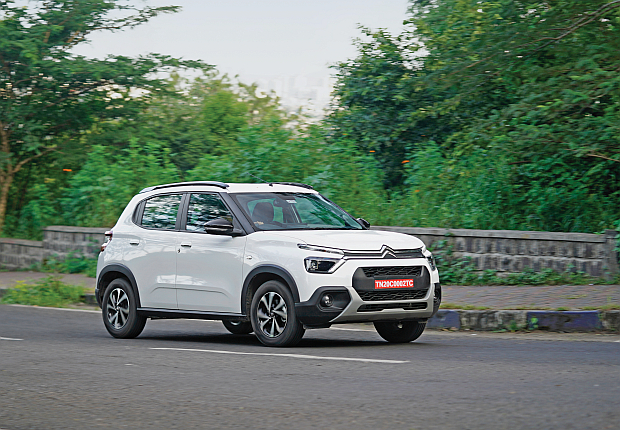
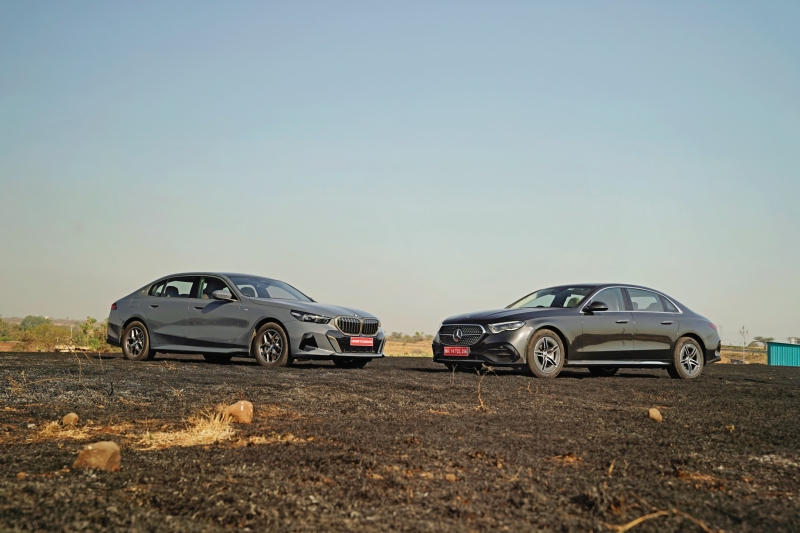

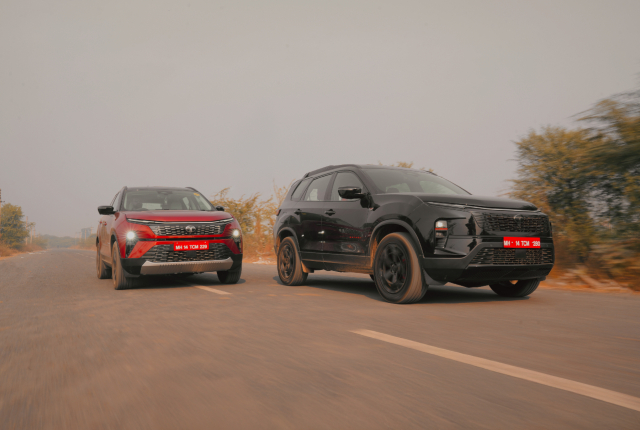
Leave a Reply